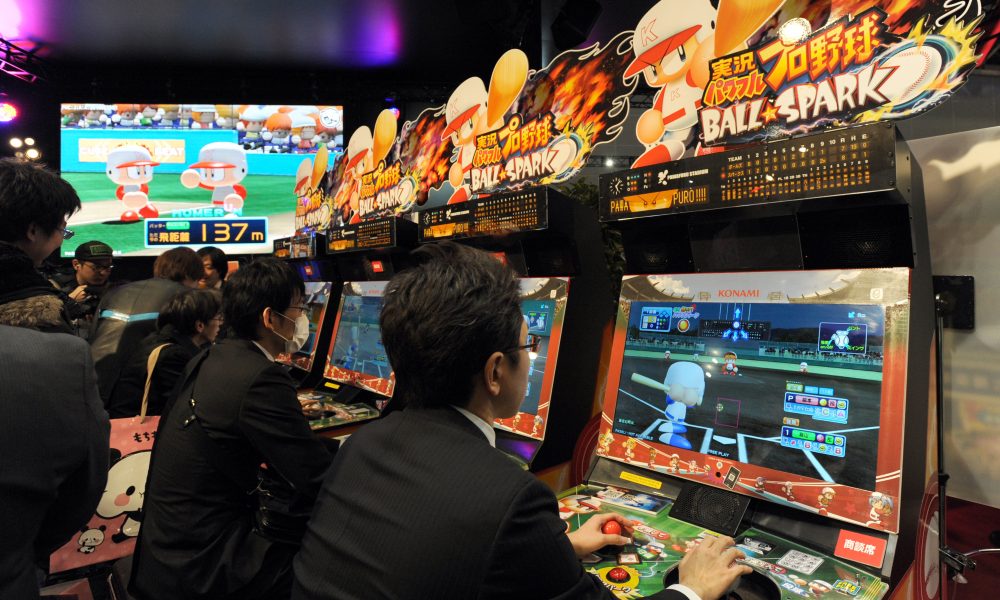An amusement arcade games, with its flashing lights, catchy electronic songs, and perpetual clatter of tokens, has been a fundamental part of our social fabric for a long time. These entertainment areas of interest are treasure troves of nostalgia, offering a break from the mundane and a blissful escape into the fantastical realm of games.
Arcade games previously made their mark during the 1970s and 1980s, when the ascent of electronic gaming machines started to make waves across the globe. These arcades were not just rooms loaded up with gaming machines; they were portals to a jolting world where children and adults alike could become space pilots, race car drivers, or virtual athletes. They were spaces where endless hours were spent, high scores were furiously challenged, and companionships were often conceived and sustained.
The central attractions of any amusement arcade are, obviously, the games. From the rudimentary yet addictive Pong and Space Invaders of the 1970s to the more sophisticated Road Warrior and Dance Upheaval in later years, arcades have always been at the forefront of innovative gaming.
These games, often situated in large, square-shaped cabinets, gave a vivid gaming experience far removed from the early home control center. The allure of the large, vivid screens, the tactile delight of a joystick, and the satisfaction of button mashing in a communal setting are hard to replicate.
Another significant aspect of arcades game is their role as social centers. Before the advent of online multiplayer gaming, arcades were where you could test your capabilities against others. Contending next to each other with companions or even total strangers, attempting to land your name on the ‘high score’ list, created a shared feeling of the local area and well-disposed rivalry. In addition to video games, many amusement arcade offers a variety of other entertainment choices.
Pinball machines, with their intricate plans and motor energy, were a constant draw. Claw machines and recovery games offering the chance to win prizes ranging from small toys to large plush toys added an extra layer of excitement. Many arcades even featured smaller than normal bowling alleys, go-kart tracks, and amusement carts, transforming them into exhaustive family entertainment centers.
While the ascent of home gaming consoles and web-based gaming platforms in the late twentieth and early 21st centuries prompted a decrease in traditional arcade popularity, a new resurgence has seen these foundations reclaim their place in popular culture. This revival can be attributed to a mix of nostalgia and a recharged appreciation for communal gaming encounters. Current arcades, often named “barricades”, have embraced this pattern by integrating food and drink offerings, making them attractive destinations for both gaming enthusiasts and casual socializers.
Notwithstanding, the charm of arcades game extends beyond their gaming offerings. These spaces address a less complex time, a pre-digital age where physical interaction was paramount.



